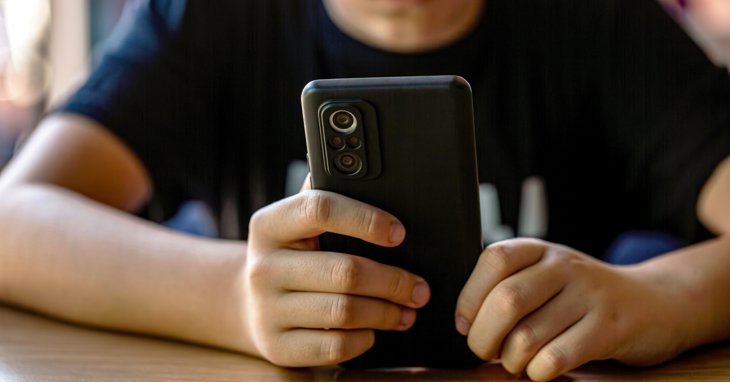For families with children approaching secondary school age, many will be considering purchasing them a new phone. While handy devices for keeping tabs on your children and making sure they get home safely from school, they also need to be set up properly to protect children from cyber dangers.
SoGlos speaks to Sarah Smith at ReformIT in Cheltenham to find out how to safely set up a new device for your child.
With children now being given mobile phones at young ages, how can parents and carers make sure that their children and teens are safe when using them?
Set clear rules about phone use, including when and where they can use it and make sure to use parental controls to restrict access to age-inappropriate content and apps.
It could help to discuss online safety and the importance of protecting personal information — and show them how to do this.
Make sure to encourage open communication so that children feel comfortable letting you know about reporting anything that makes them uncomfortable.
And monitor their app usage, alongside teaching them to recognise and avoid scams, phishing or inappropriate content.
Is there an ideal age for children to get their first phone?
The appropriate age depends on your child's maturity, needs and ability to follow rules.
Many experts suggest waiting until at they are at least 11 to 13 years old, which aligns with when they may need a phone for safety when traveling independently to school, for example.
Additionally, it’s important to follow legal guidelines when using apps, such as the 13-plus age requirement for most social media platforms.
Are there any risks involved in letting children have phones?
Naturally there are some risks to be aware of, as with anything. Some to look out for are access to inappropriate content via apps, websites or social media; online predators or cyber bullying; overuse leading to screen addiction or sleep disruption; exposure to scams, phishing or financial exploitation through in-app purchases; and privacy risks if personal information is shared or location services are enabled.
How can we set up a child’s new phone so that it’s safe for them to use from the start?
First things first, make sure parental controls are enabled on the phone and through your service provider. Set up app download restrictions and ensure app stores are set to the appropriate age.
You can also disable in-app purchases to avoid any unexpected charges!
Consider turning off location sharing, or limit it to family members only; and install apps like Google Family Link or Apple Screen Time to monitor and manage their usage. You can also ensure that strong privacy settings are activated on any social media accounts they may be using.
Should parents monitor their child's phone usage?
Yes, monitoring your child's phone usage is crucial, especially for younger users. If phones aren't monitored, children could encounter harmful content or engage in risky behaviour; cyber bullying or inappropriate contact could go unnoticed.
Or they might unknowingly overshare personal information, risking their privacy. It's important to note that monitoring doesn’t mean invading a young person's privacy but providing a safety net while also teaching responsible use at the same time.
Are there certain privacy settings or parental controls that every parent should be aware of?
Yes! Screen time limits are essential to encourage a sensible amount of usage and significant daily breaks.
It's important to switch on restricted mode on apps such as YouTube to filter inappropriate content and SafeSearch on Google to block explicit results.
As briefly mentioned already, app-based parental controls like Family Link (Android) or Screen Time (Apple) monitor activity; while toggling privacy settings on social media will limit who can see posts or send messages. Make sure social media accounts are private and that children aren't accepting every follow or friend request without checking with parents first.
Should we set screen time limits on a child’s phone and why?
Yes, screen time limits are essential to promote healthy habits and prevent overuse; and protect against sleep disruption, especially from late-night use.
Parents can also try to encourage offline activities to try and create good habits from the start.
Any final thoughts?
Empowering your child with the right tools, guidance and open communication will help them navigate the digital world safely and responsibly.
The biggest protection you can give them is education, support and the opportunity to always come to you if something isn't right.






















